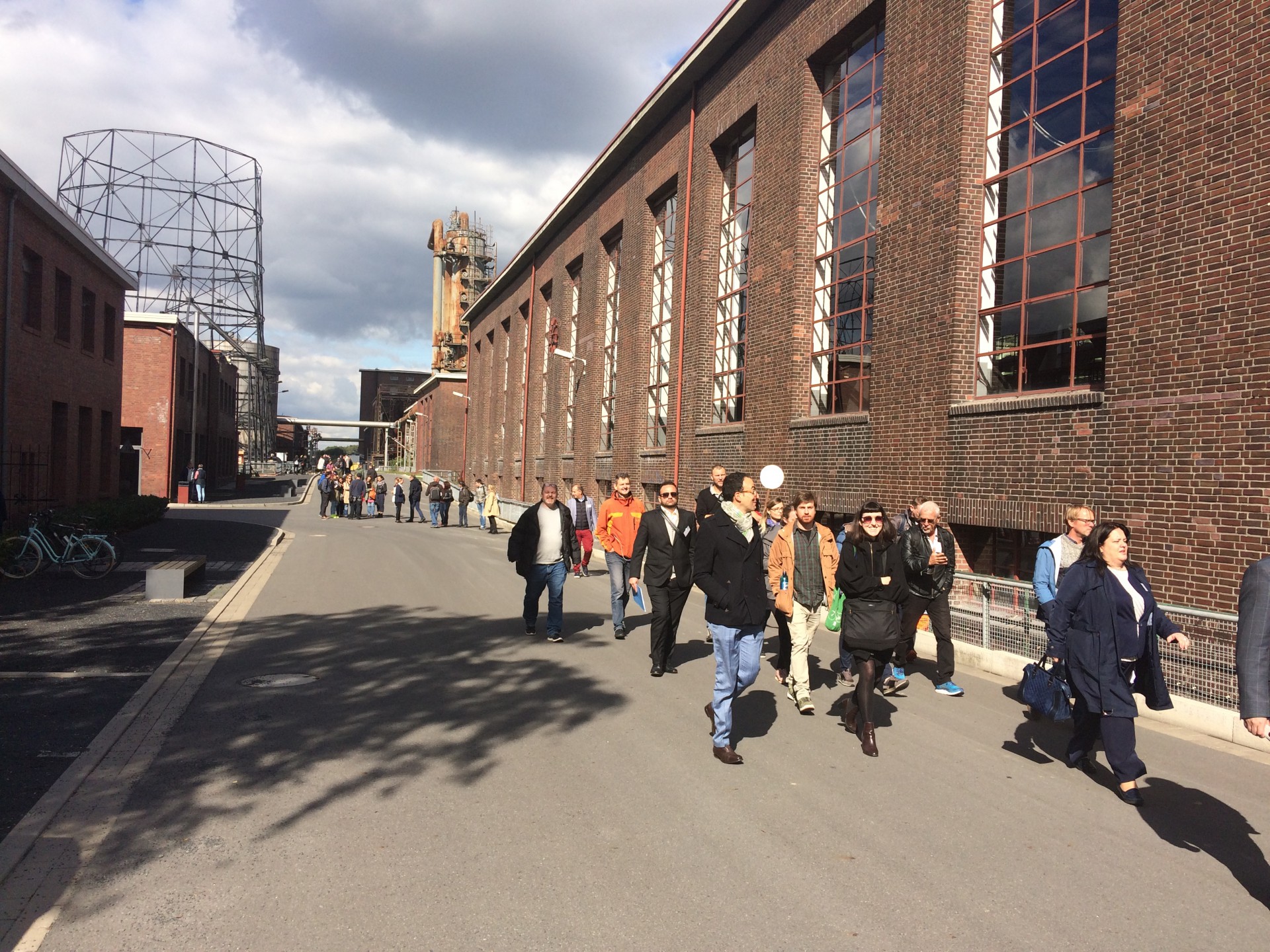
Events
24
Sep
NetworkNature Taskforces Cluster Meeting & Annual Event
[CONFERENCE, Brussels]
Brussels
NetworkNature is happy to announce that the NetworkNature Taskforces Cluster Meeting & Annual Event will take place in Brussels on 24th and 25th September 2024, respectively.
07
Jun
NetworkNature Taskforces Cluster Meeting
[CONFERENCE, Brussels]
Brussels
The NetworkNature Taskforces Cluster Meeting of 7th June will aim at showcasing the main results, tools and products from the Taskforces, as well as from the NBS projects, enabling exchanges and dialogues on how projects’ experiences and results can be strengthened and directed towards better impact creation.
16
Jun
[URBiNAT International Conference] Nature for Innovative and Inclusive Urban Regeneration. Milan, 16 & 17 June 2022
[BEST PRACTICES, CONFERENCE, Brussels, Høje-Taastrup, Khorramabad, Nantes, Nova Gorica, Oman, Paraná, Porto, Shenyang, Siena, Sofia]
Milan
On 16 & 17 June 2022, URBiNAT will host a public conference on the themes of the project : Healthy Corridors as drivers of social housing neighbourhoods for the co-creation of social, environmental and marketable NBS
09
Jun
The Festival of the New European Bauhaus
[CONFERENCE, Brussels]
Brussels
URBiNAT will participate in the New European Bauhaus Festival on 9-12 June 2022 in Brussels.
The Festival brings together people from all walks of life to debate and shape our future. A future that is sustainable, inclusive and beautiful.
01
Nov
[SIENA TECHNICAL MEETING, 1-3 Nov. 2021] Consortium Meeting
[CONFERENCE, Brussels, Høje-Taastrup, Khorramabad, Nantes, Nova Gorica, Oman, Paraná, Porto, Shenyang, Siena, Sofia]
Siena
URBiNAT Consortium Meeting (Consortium members only)
12
Oct
[SEMINAR – Brussels Academy 🇧🇪] Urban Citizen University: URBiNAT partners from Sofia and Brussels to discuss co-creation of Healthy Corridors
[CONFERENCE, Brussels, Sofia]
Online Seminar organised by Brussels Academy to discuss URBiNAT implementation. Access to green public spaces is of course essential in urban areas: What happens when these spaces are unevenly distributed in the city ? Who has access to them and how qualitative are these spaces?

